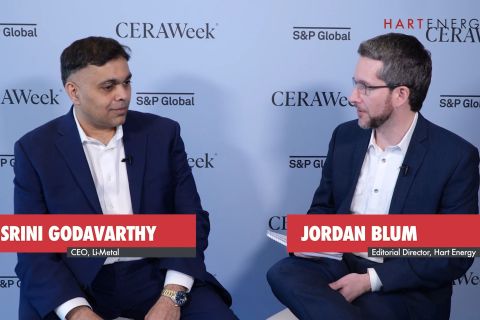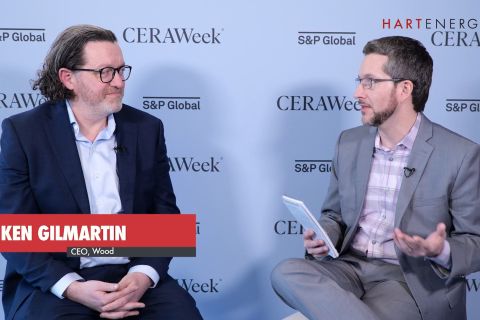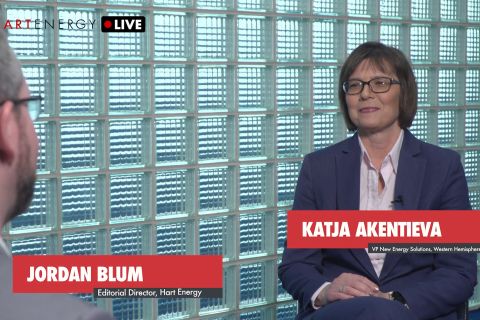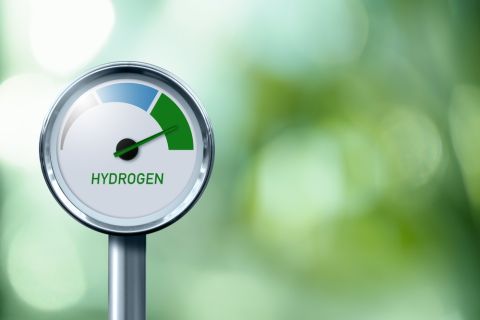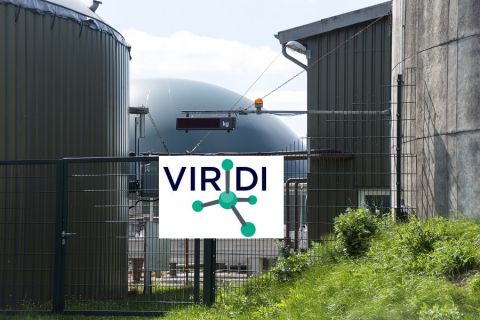Burlington Resources Inc.'s production will grow 3% to 8% annually for the next three to four years, due to some high-profile projects, according to chairman, president and chief executive officer Bobby Shackouls. Burlington is looking to exploit its expertise in tight, technically challenging gas plays, especially in the Rockies from the San Juan Basin to western Canada, he said at a recent media luncheon in Houston. With the 2001 acquisition of Canadian Hunter Exploration Ltd., Burlington's Canadian assets make up 40% of its portfolio and the country is home to the company's largest office. Some 900 of the company's 2,100 employees are based in Calgary. "We're a big believer in Canada. Canada's going to be a big part of our story as we go forward." For example, Canada is home to the Deep Basin, which is similar in structure to the San Juan Basin, but is 25 to 30 years behind in development, he said. In the Madden Field, which is among the deepest drilling programs in the U.S., Burlington has cut its drilling costs from $40 million per well to $30 million, and the company just spudded its ninth and final 25,000-foot well there. Outside of North America, Algeria, China and the East Irish Sea also are expected to generate good growth for the company. It plans to keep its 2002 capital budget steady at $1.3 billion. Meanwhile, Burlington has made better-than-expected progress on its restructuring program, Shackouls added. Its goal earlier this year was to sell $500 million in noncore assets. By summer, it had sold $900 million worth and expected to count up to $1.2 billion in gross proceeds by the end of the divestiture program. With this cash, Burlington expects to reduce its debt-to-capitalization ratio below 50% this year rather than next year. The assets that were sold are quickly depleting properties such as the company's shallow-water Gulf of Mexico fields, Shackouls said. These divestitures have reduced the company's decline rate to less than 20%, well below the U.S. industry average of 25%, he said. And the divestments have helped lower the company's costs 10%.
Recommended Reading
Exclusive: Building Battery Value Chain is "Vital" to Energy Transition
2024-04-18 - Srini Godavarthy, the CEO of Li-Metal, breaks down the importance of scaling up battery production in North America and the traditional process of producing lithium anodes, in this Hart Energy Exclusive interview.
Exclusive: Despite Complexities, Carbon Capture has a 'Huge' Opportunity
2024-04-03 - Ken Gilmartin, the CEO of engineering company Wood, shares the importance of digitization's role in traditional oil and gas and the energy transition, and overcoming challenges facing carbon capture, in this Hart Energy Exclusive interview.
Exclusive: What’s Needed to ‘Get Things Moving’ with CCS
2024-03-05 - CCS momentum is brewing, says Katja Akentieva, vice president of New Energy Solutions for the Western Hemisphere at TGS. Now it's time to capitalize on that momentum in this Hart Energy LIVE Exclusive with Jordan Blum.
Shell Taps Bloom Energy’s SOEC Technology for Clean Hydrogen Projects
2024-03-07 - Shell and Bloom Energy’s partnership will investigate decarbonization solutions with the goal of developing large-scale, solid oxide electrolyzer systems for use at Shell’s assets.
Viridi Energy Acquires Maine Biosolids Plant for RNG
2024-03-19 - Viridi Energy plans to turn the biosolids digest plant into a waste-to-RNG facility.

